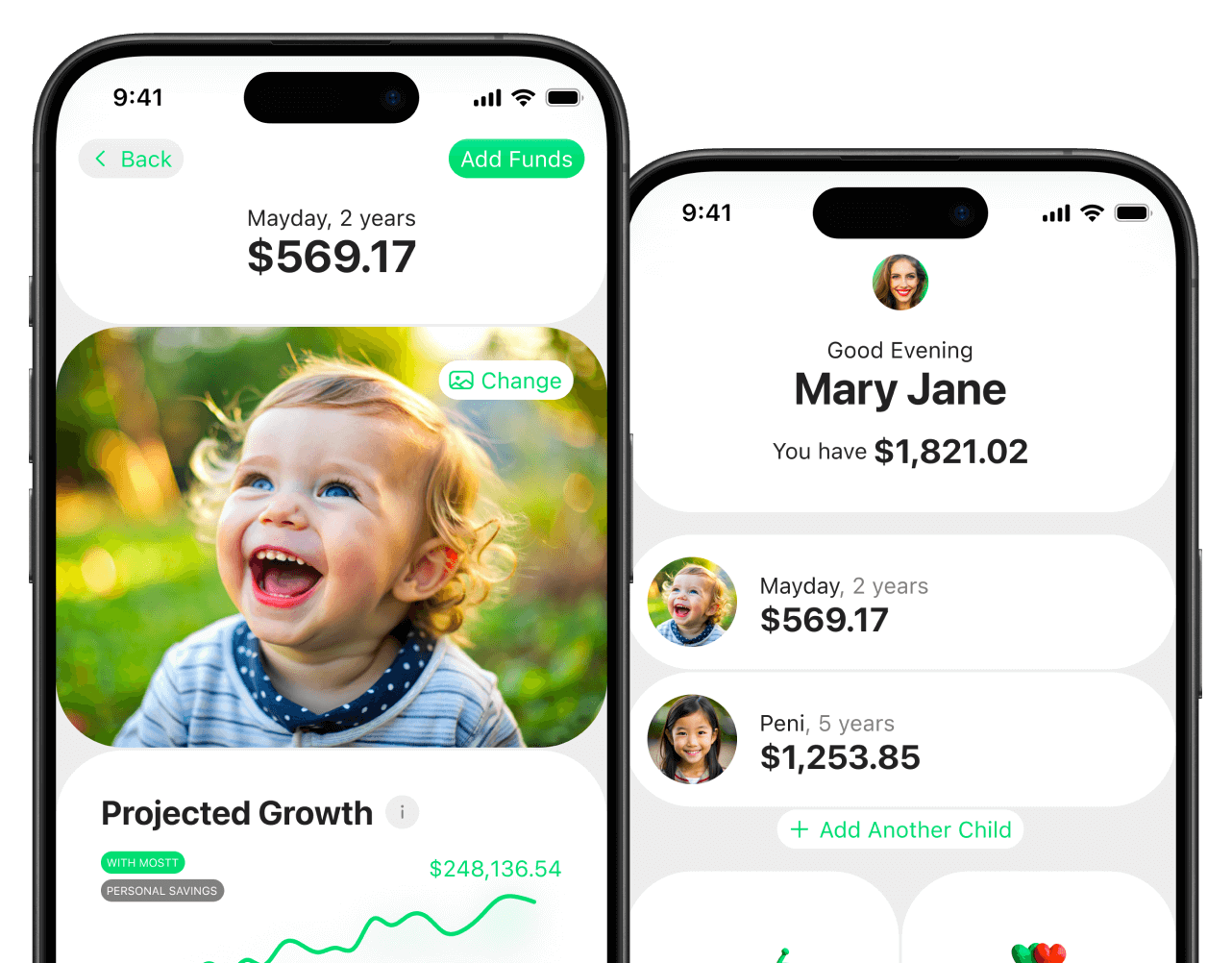When families plan for their financial future, they typically focus on big-ticket items like saving for a home, setting aside funds for their children’s education, or ensuring a comfortable retirement. But what many don’t realize is that something as seemingly innocuous as making only the minimum payment on credit card balances could be silently undermining those plans.
Credit cards are useful tools for managing cash flow and handling emergencies. However, if cardholders continually make just the minimum payment, it can become a significant roadblock to achieving long-term financial goals. This article will explore why relying on minimum payments is problematic, how it can hinder financial security, and what families can do to break free from this cycle.
The Credit Card Trap: How Minimum Payments Work
Credit card companies make it easy to carry a balance by allowing cardholders to make a small payment — usually 1-3% of the balance — each month. This small payment might seem manageable, especially in comparison to the full balance, which is often in the hundreds or thousands of dollars. But what most people don’t realize is that the minimum payment structure is designed to keep consumers in debt longer, allowing credit card companies to earn hefty interest fees along the way.
According to NerdWallet, a person with a $5,000 balance and an APR of 20% could take over 10 years to pay off the debt by only making minimum payments. Worse, they’d end up paying more than double the original amount in interest charges.
Here’s why: the minimum payment mostly covers interest, not the principal. This means that if someone continues to make only the minimum payment, their balance will decrease very slowly, and the credit card company will continue profiting from the interest.
The Hidden Cost: What Opportunity Is Being Lost?
The real cost of making minimum payments isn’t just the money lost to interest; it’s also the opportunities that are missed. Opportunity cost refers to what you could be doing with your money if you weren’t using it to pay off high-interest debt. In other words, when you pay off your credit card over time, you’re sacrificing opportunities to invest, save for the future, or build wealth.
Imagine putting $300 a month into an investment account that yields 7% annually. In 20 years, that money could grow to more than $100,000, according to calculations from Investopedia. But by paying minimum payments, you’re missing out on this potential growth. Instead of your money working for you, it’s being consumed by interest fees. This is the lost opportunity — the money that could have been used to build a more secure financial future for your family.
The Debt Snowball Effect: How Interest Adds Up Over Time
Another major issue with minimum payments is the snowball effect of interest. As time goes on, the interest charges on credit card debt continue to accumulate. The longer you only pay the minimum, the harder it becomes to make a dent in the principal balance. According to CreditCards.com, interest compounds monthly, meaning you end up paying interest on the interest. This makes it extremely difficult to pay off debt quickly.
Let’s revisit the example of a $5,000 balance with a 20% APR. If you make only the minimum payment each month, the interest is calculated based on the full amount of the balance, not just the remaining principal. Over time, this ensures that your payments are largely going toward interest, not reducing the amount you owe. This results in a cycle where it takes years to pay off the debt, and you end up paying far more than the original balance due to high interest.
The Long-Term Impact on Your Family’s Financial Future
Relying on minimum credit card payments can have a far-reaching impact on your family’s financial well-being. When your money is tied up in credit card debt, it becomes harder to make progress in other areas of your financial life.
1. Delayed Financial Goals
One of the most obvious impacts of credit card debt is the delay it causes in reaching important financial milestones. If you’re spending a significant portion of your income on credit card interest, it leaves you with less money to put toward other goals, such as buying a home, saving for college, or building an emergency fund.
A study by the Federal Reserve found that more than 40% of Americans struggle to cover a $400 emergency expense. This indicates that many families are living paycheck to paycheck, with their ability to save and invest compromised by ongoing debt payments.
2. Increased Stress and Anxiety
Financial stress is a heavy burden, and the longer you carry credit card debt, the more likely it is to affect your mental and emotional health. Constantly worrying about debt can contribute to anxiety and tension within a household, and studies have shown that financial stress can take a toll on relationships. Psychology Today reports that money problems are among the top reasons for marital conflict. By eliminating credit card debt, you can reduce this stress and create a more stable and peaceful environment for your family.
3. Missed Opportunities to Invest and Save
When you focus on paying off high-interest debt, you miss the opportunity to invest in wealth-building assets like retirement accounts or college savings plans. Let’s say you can invest $300 a month into a retirement fund. Over 30 years, that money could grow to more than $400,000, assuming an average 7% annual return. But if you’re stuck making minimum payments, you miss out on that long-term growth. It’s money that could be working for you, but instead, it’s wasted on credit card interest. SmartAsset offers an excellent breakdown of how compound interest works and how investing early can lead to significant wealth accumulation.
4. Difficulty Planning for the Future
Credit card debt creates a barrier to financial planning. When you’re in debt, it can be challenging to see the bigger picture, and it can prevent you from taking the necessary steps to secure your family’s future. If you’re making only minimum payments, it’s harder to focus on long-term goals like saving for retirement, buying a home, or ensuring your children have access to higher education.
According to The College Board, the average cost of attending college in the U.S. is rising every year. Without savings, debt payments could prevent families from saving for their children’s education, limiting their options and potentially forcing them to take on even more debt to finance tuition costs.
Breaking the Cycle: How to Take Control of Your Financial Future
The good news is that it’s possible to break free from the cycle of credit card debt and start building a more secure financial future for your family. Here are some actionable steps you can take:
1. Pay More Than the Minimum
The most obvious step is to pay more than the minimum payment. Even an additional $50 or $100 per month can help you pay off your debt faster and save on interest. According to Bankrate, paying just $100 more than the minimum could cut the time it takes to pay off your debt in half.
2. Consolidate Your Debt
If you have multiple credit card balances, consolidating your debt can simplify your payments and potentially reduce your interest rates. Look for low-interest personal loans or a balance transfer credit card with a 0% introductory APR. TransUnion offers a comprehensive guide to consolidating debt and its potential benefits.
3. Create a Debt Repayment Plan
Developing a debt repayment plan is essential. One strategy, the debt snowball method, suggests paying off your smallest debts first, then moving on to the next one. As you pay off each debt, you build momentum and confidence to tackle larger balances. Dave Ramsey advocates for this method in his debt-free journey plan, and many find it effective for staying motivated.
4. Build an Emergency Fund
Having an emergency fund can prevent you from falling back on credit cards when unexpected expenses arise. Start by saving just $500 or $1,000, and gradually work up to a larger safety net. Building this fund will give you peace of mind and prevent you from needing to rely on credit in the future. The Balance offers a great step-by-step guide to building your emergency fund.
5. Seek Professional Help
If you’re overwhelmed by credit card debt, seeking help from a financial advisor or credit counselor can provide valuable guidance. A professional can help you assess your financial situation, create a customized plan for paying down debt, and offer tools to manage your finances more effectively. National Foundation for Credit Counseling provides access to certified credit counselors who can help you navigate debt repayment options.
The Bottom Line: Take Control of Your Family’s Financial Future
Credit card debt might seem like an easy solution to managing short-term expenses, but in the long run, relying on minimum payments can cost you much more than you realize. By making small changes today — paying more than the minimum, consolidating debt, and building an emergency fund — you can begin the process of eliminating debt and securing a brighter future for your family.
At Mostt, we believe that financial education and smart decision-making can empower families to create long-term wealth. If you’re ready to take control of your financial future, start by paying off high-interest debt and building healthy financial habits that will benefit your family for years to come. The journey toward financial security begins today — and it starts with taking action.




